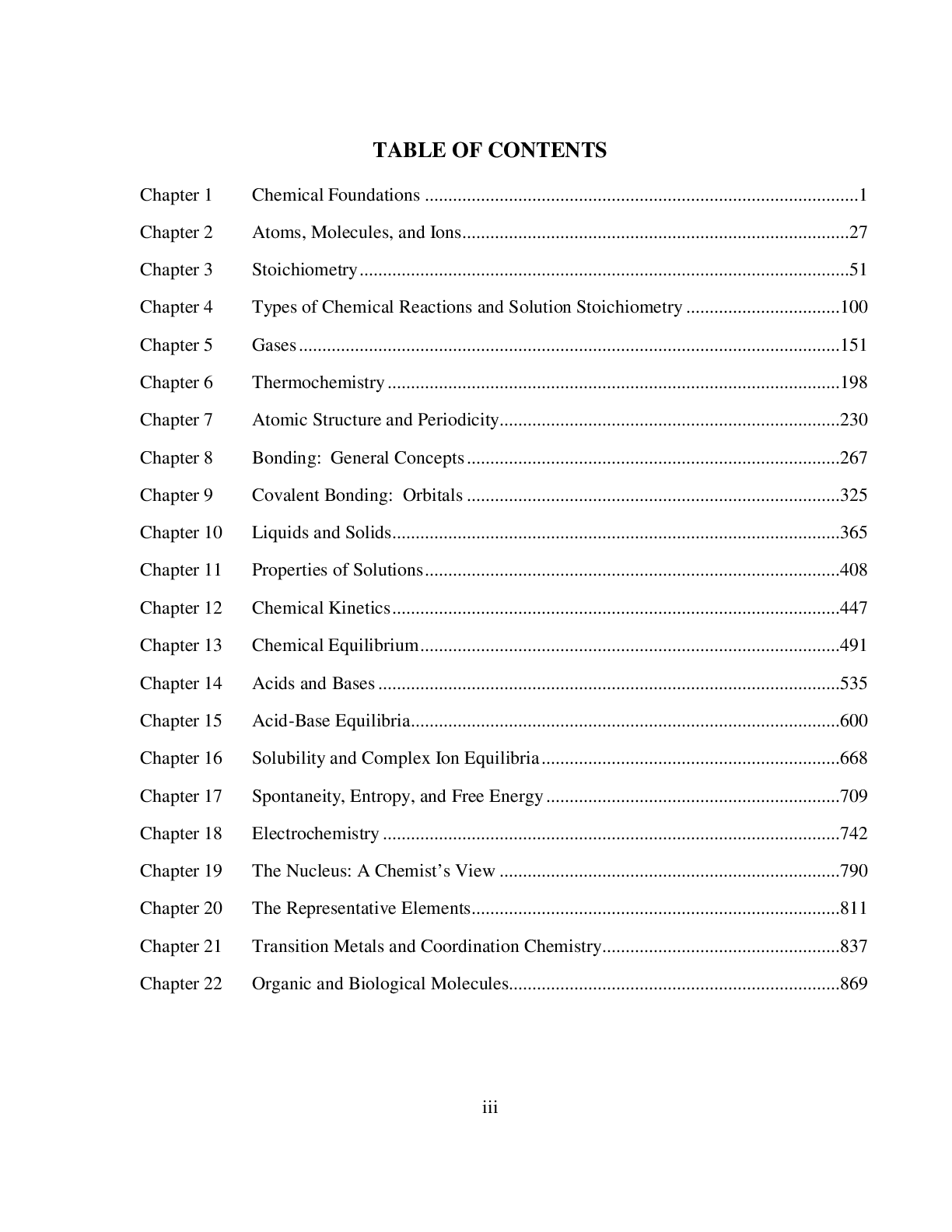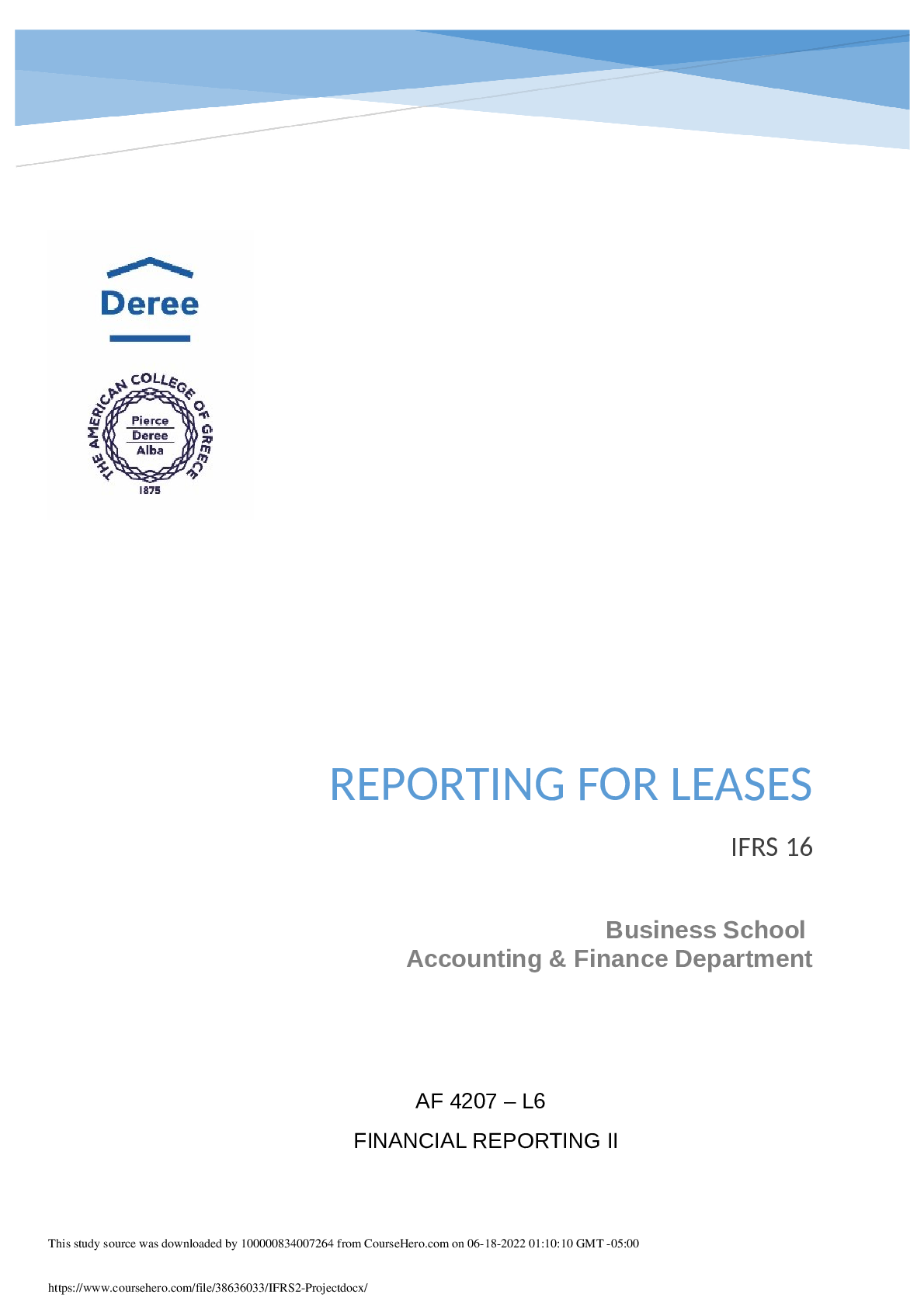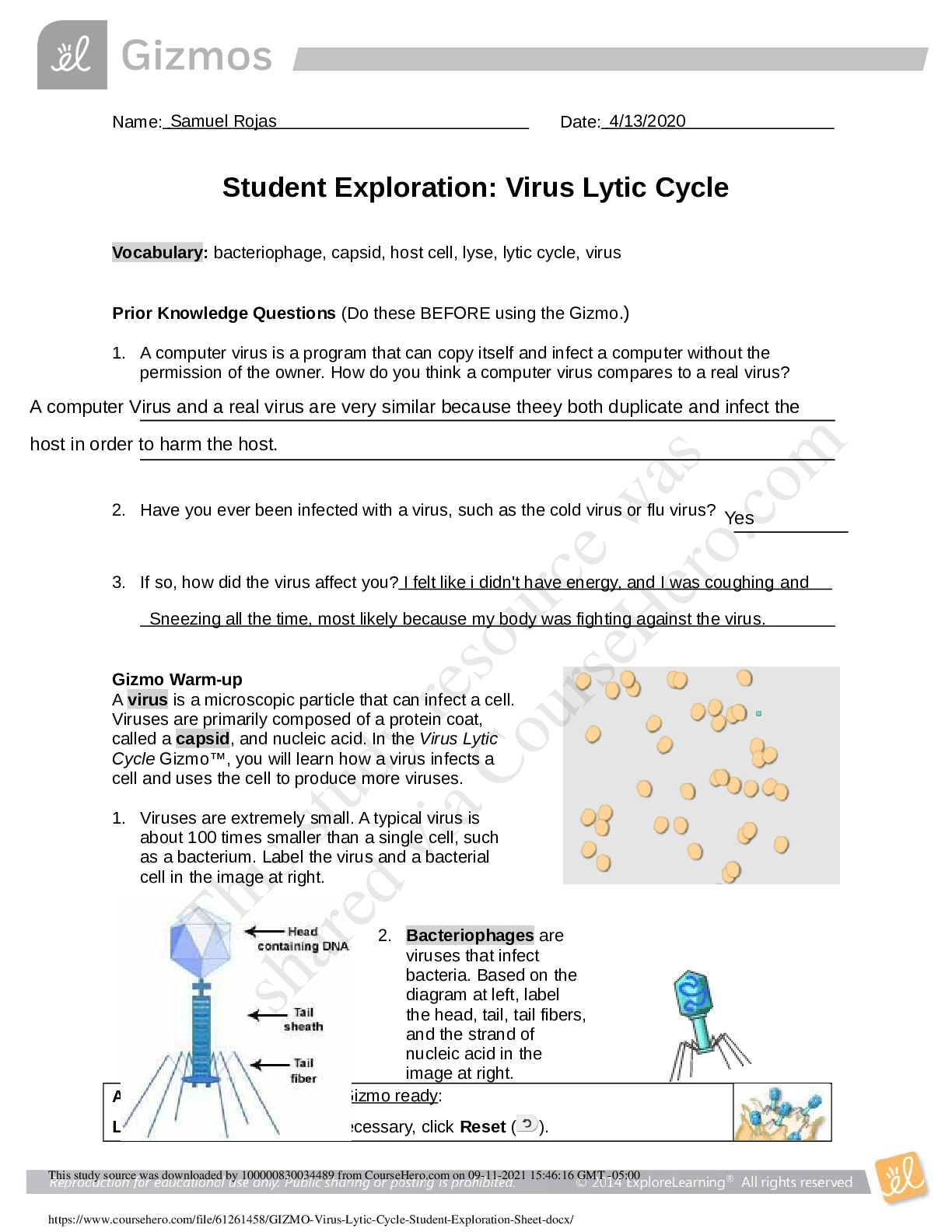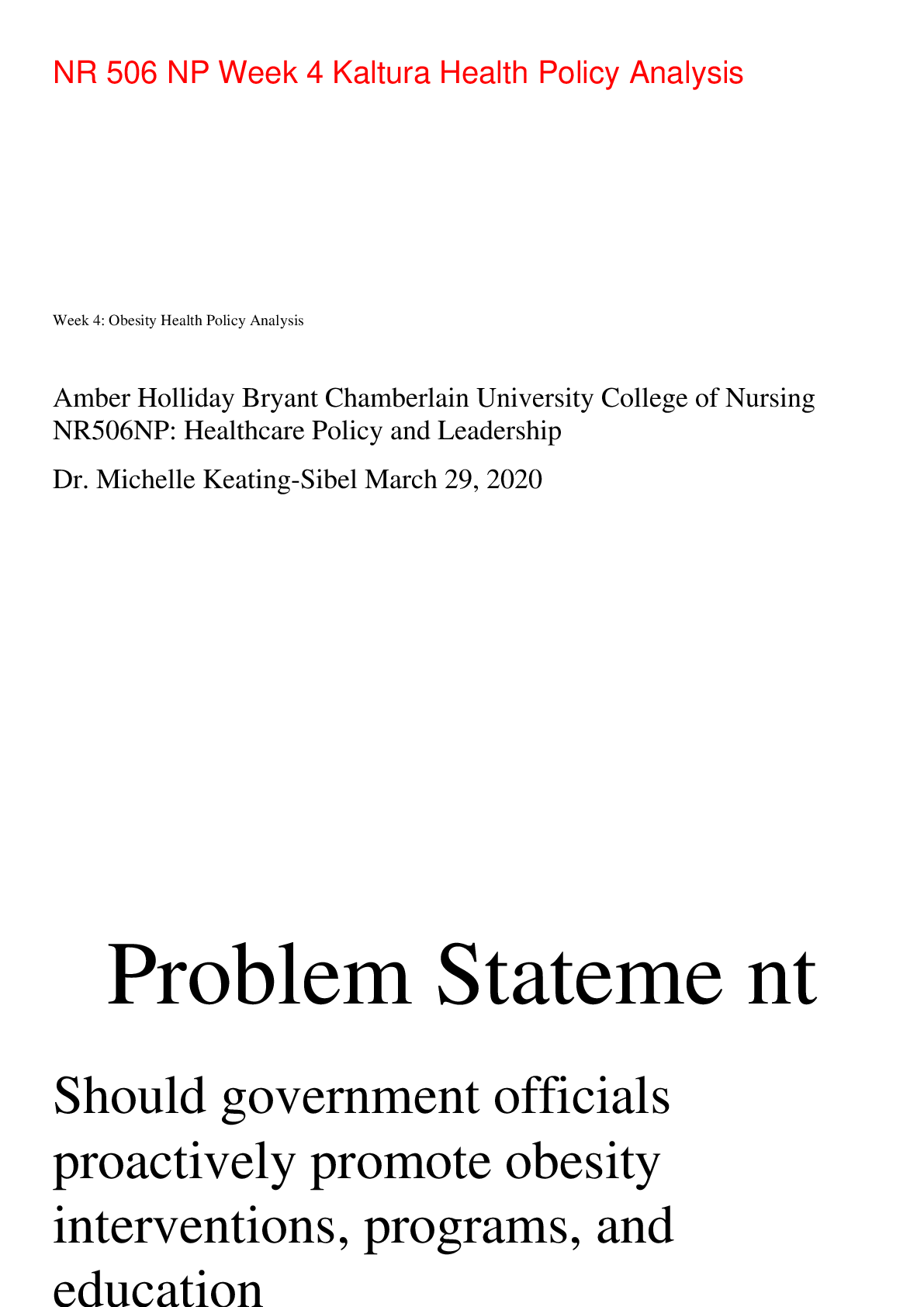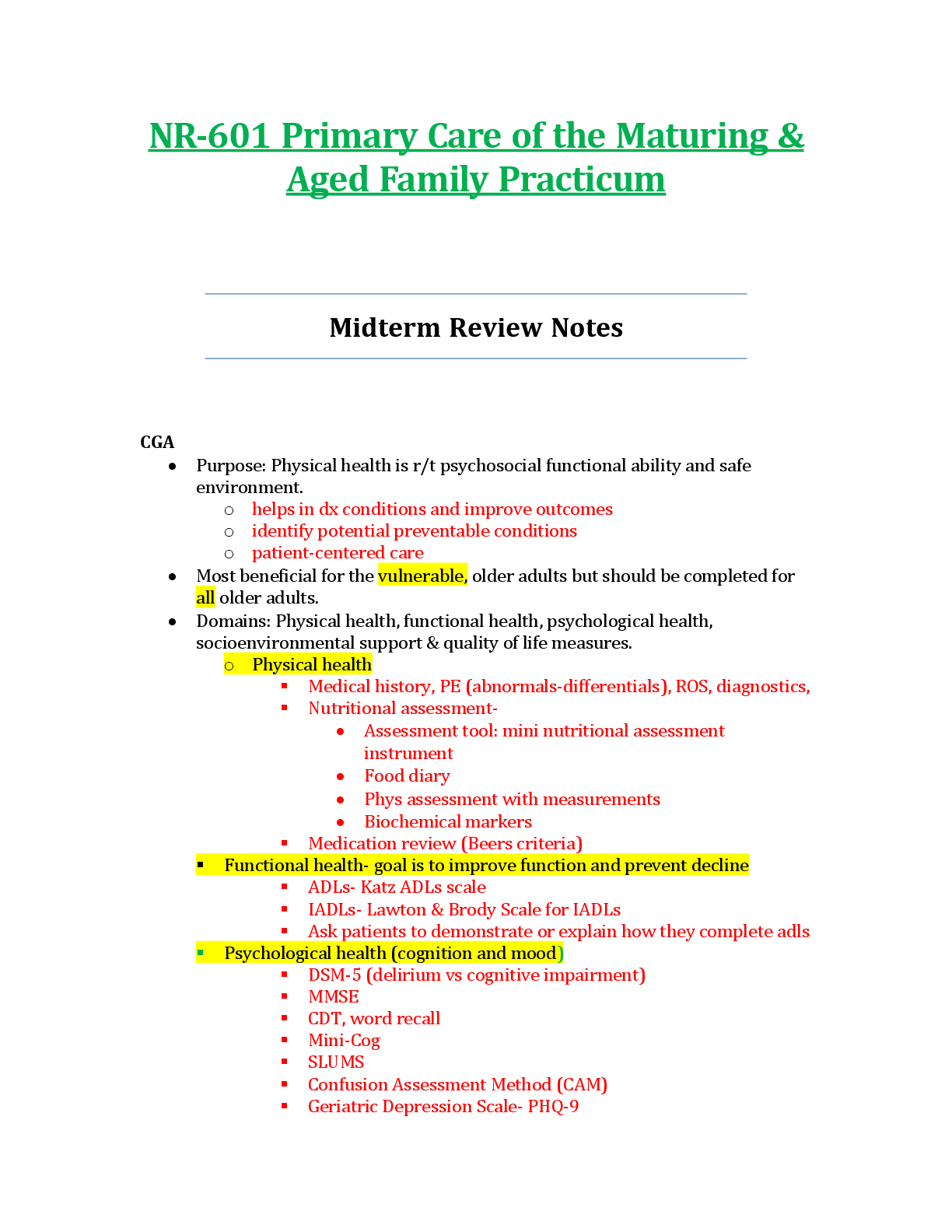Statistics > Study Notes > GEOSTATISTICS EMM 2513 COURSE 5TH YEAR MMPE CLASS – (2018/2019) PROP. B.K. ROP’S NOTES 18/01/201 (All)
GEOSTATISTICS EMM 2513 COURSE 5TH YEAR MMPE CLASS – (2018/2019) PROP. B.K. ROP’S NOTES 18/01/2019
Document Content and Description Below
GEOSTATISTICS EMM 2513 COURSE 5TH YEAR MMPE CLASS – (2018/2019) PROP. B.K. ROP’S NOTES 18/01/2019 Geostatistics Geostatistics is a branch of statistics focusing on spatial or spatiotemporal da ... tasets. Developed originally to predict probability distributions of ore grades for mining operations, it is currently applied in diverse disciplines including petroleum geology, hydrogeology, hydrology, meteorology, oceanography, geochemistry, geometallurgy, geography, forestry, environmental control, landscape ecology, soil science, and agriculture (esp. in precision farming). Geostatistics is applied in varied branches of geography, particularly those involving the spread of diseases (epidemiology), the practice of commerce and military planning (logistics), and the development of efficient spatial networks. Geostatistical algorithms are incorporated in many places, including geographic information systems (GIS) and the R statistical environment. Background Geostatistics is intimately related to interpolation methods, but extends far beyond simple interpolation problems. It consists of a collection of numerical and mathematical techniques dealing with the characterization of spatial phenomena. Geostatistical techniques rely on statistical model that is based on random function (or random variable) theory to model the uncertainty associated with spatial estimation and simulation. A number of simpler interpolation methods/algorithms, such as inverse distance weighting, bilinear interpolation and nearest-neighbor interpolation, were already well known before geostatistics.[1] Geostatistics goes beyond the interpolation problem by considering the studied phenomenon at unknown locations as a set of correlated random variables. Let Z(x) be the value of the variable of interest at a certain location x. This value is unknown (e.g. temperature, rainfall, piezometric level, geological facies, etc.). Although there exists a value at location x that could be measured, geostatistics considers this value as random since it was not measured, or has not been measured yet. However, the randomness of Z(x) is not2 [email protected] complete, but defined by a cumulative distribution function (cdf) that depends on certain information that is known about the value Z(x): Typically, if the value of Z is known at locations close to x (or in the neighborhood of x) one can constrain the pdf of Z(x) by this neighborhood: if a high spatial continuity is assumed, Z(x) can only have values similar to the ones found in the neighborhood. Conversely, in the absence of spatial continuity Z(x) can take any value. The spatial continuity of the random variables is described by a model of spatial continuity that can be either a parametric function in the case of variogram-based geostatistics, or have a non-parametric form when using other methods such as multiple-point simulation or pseudo-genetic techniques. By applying a single spatial model on an entire domain, one makes the assumption that Z is a stationary process. It means that the same statistical properties are applicable on the entire domain. Several geostatistical methods provide ways of relaxing this stationarity assumption. In this framework, one can distinguish two modeling goals: 1) Estimating the value for Z(x), typically by the expectation, the median or the mode of the pdf f(z,x). This is usually denoted as an estimation problem. 2) Sampling from the entire probability density function f(z,x) by actually considering each possible outcome of it at each location. This is generally done by creating several alternative maps of Z, called realizations. Consider a domain discretized in N grid nodes (or pixels). Each realization is a sample of the complete N-dimensional joint distribution function [Show More]
Last updated: 3 years ago
Preview 1 out of 20 pages

Buy this document to get the full access instantly
Instant Download Access after purchase
Buy NowInstant download
We Accept:

Reviews( 0 )
$12.00
Can't find what you want? Try our AI powered Search
Document information
Connected school, study & course
About the document
Uploaded On
Jun 14, 2022
Number of pages
20
Written in
All
Additional information
This document has been written for:
Uploaded
Jun 14, 2022
Downloads
0
Views
125


.png)
